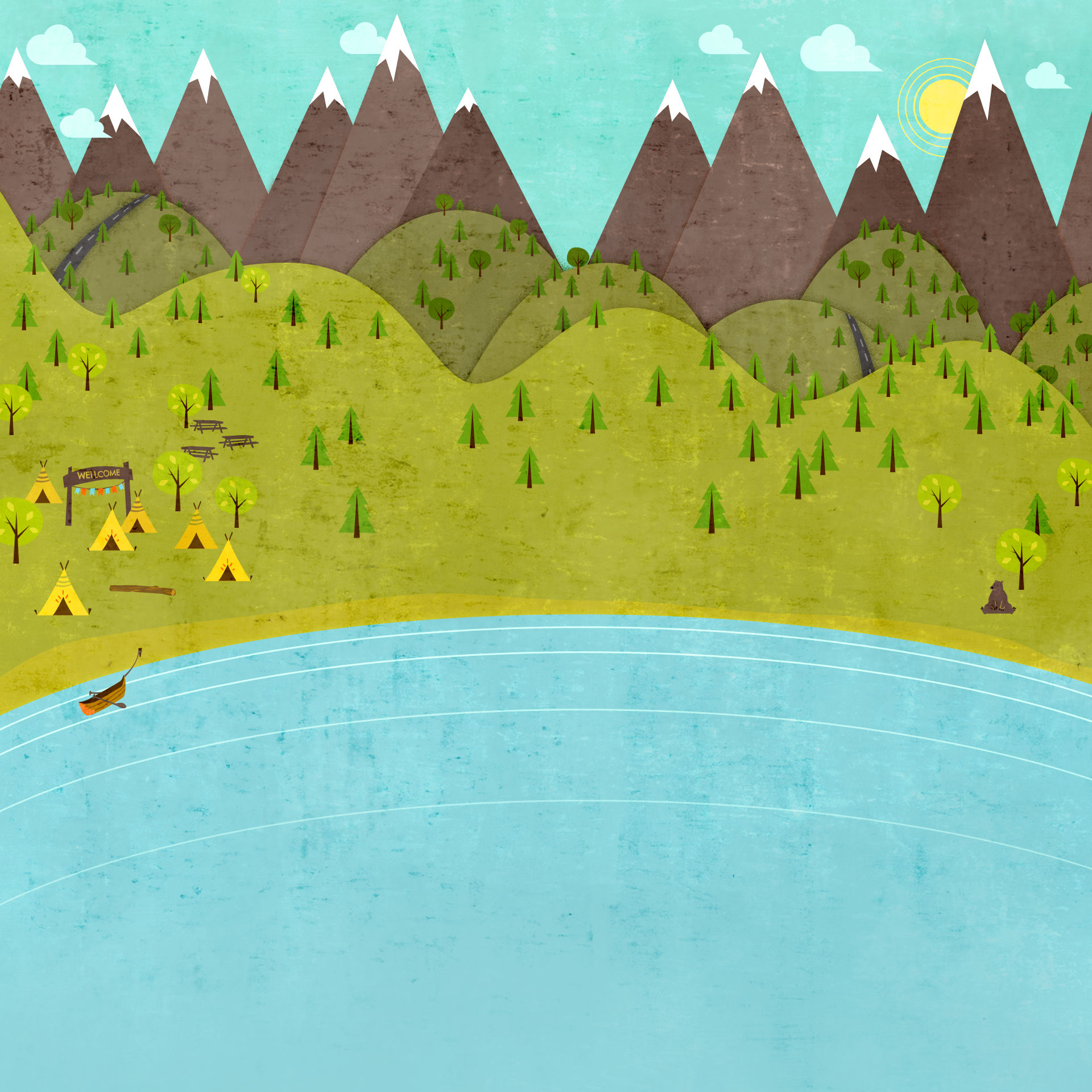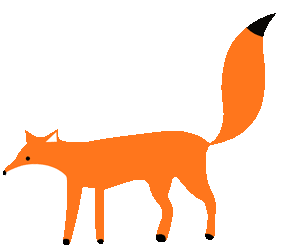

Crooked Wings still learn to fly
Decisions on bracing
The decision about which brace to wear depends on the type & location of curve.
Following bracing, and once braces are discarded, there is a certain amount of regression to the original curve measurement. The longer the brace is worn, the less the regression. Think of the spine as a sapling. If you bend it, it springs back when you let go. But if it grows for a few years while held in a certain shape, then that shape becomes a final shape. Braces hold a shape, but growth fixes that shape into permanence.
Here is a link to a 2014 research paper on the effects of bracing and physical therapy on curves in excess of 45 degrees as an alternative to surgery. It shows over 50% of the braced kids saw improvements in their curvature.
For a full copy of the research you can ask your surgeon for a copy.
http://www.thespinejournalonline.com/article/S1529-9430(13)01935-9/abstract
Below are a couple of bracing types that are used within our network of parents:


Cervico-Thoraco-Lumbo-Sacral-Orthosis (known as a Milwaukee brace)






